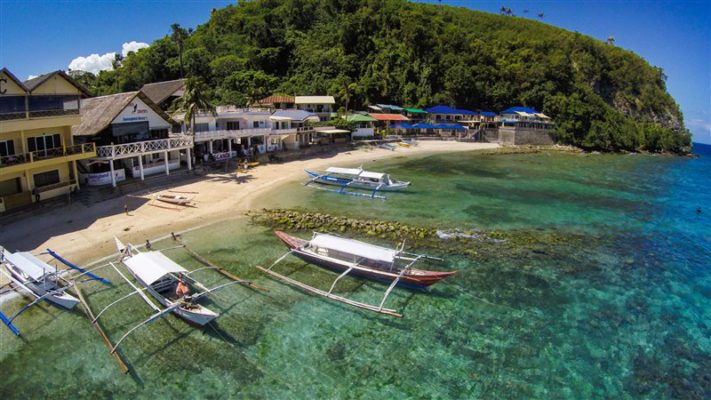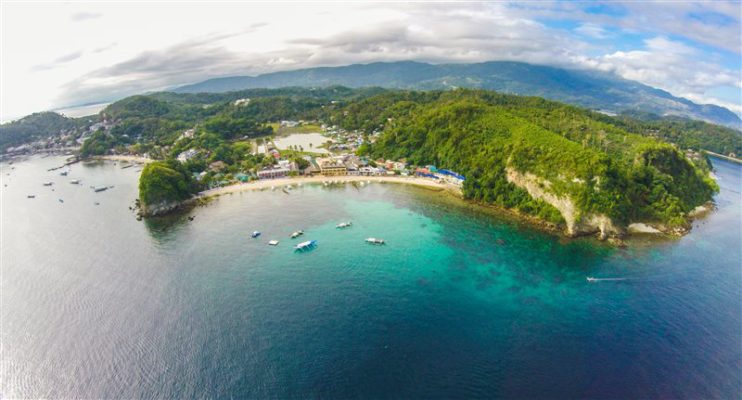
If you are a movie buff, or just fascinated with the underwater world, as we are, then keep your eyes peeled when at Scandi Divers Resort or Campbell’s Beach Resort.
We are home to the largest collection of vintage underwater themed movie posters on display in the world!
Below is a gallery of this amazing collection. Be sure to take a look at the posters in person when you are here.
Click on thumbnails to see the full image





















